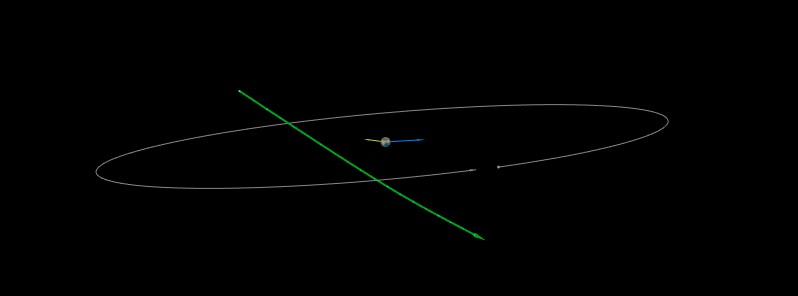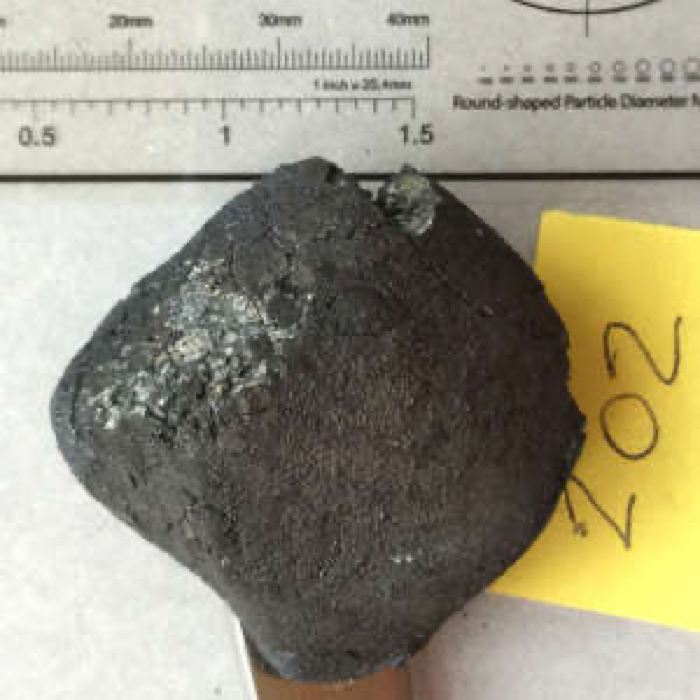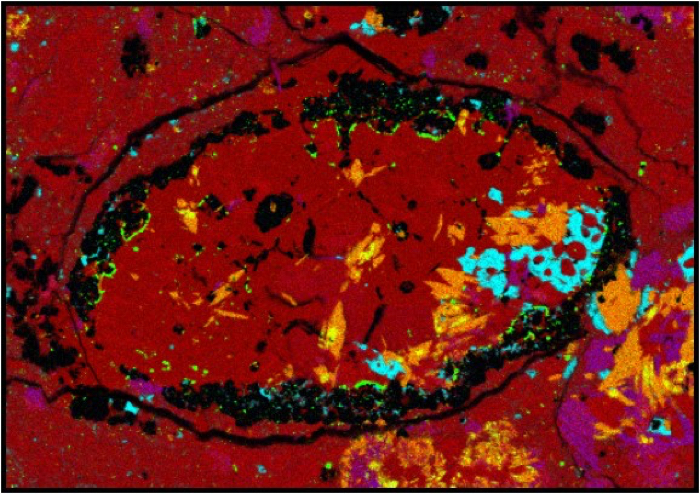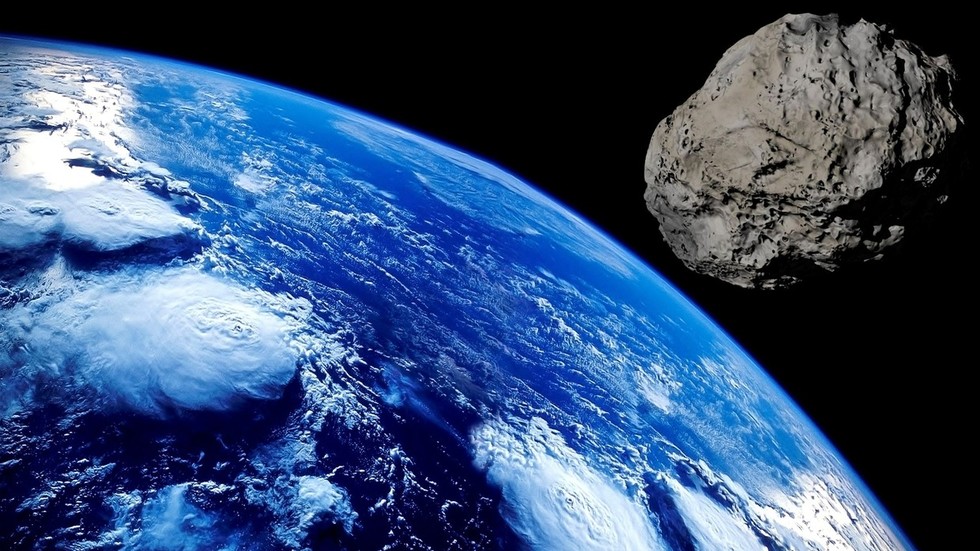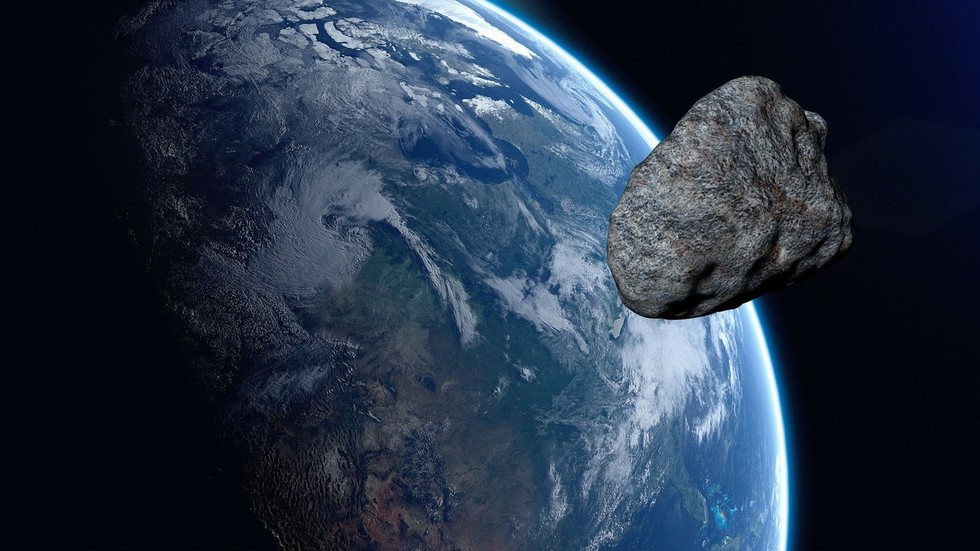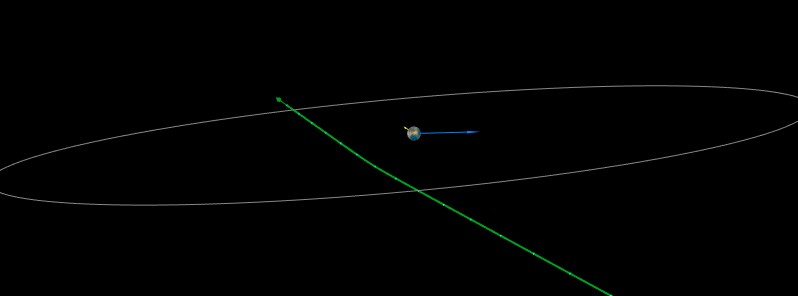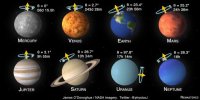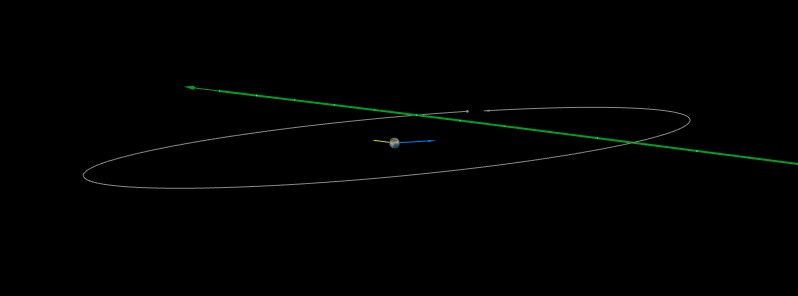In 2008, something unique fell out of the sky over Sudan, exploding into fragments across the vast, arid expanses of the Nubian Desert.
This hurtling object from above became known as
Almahata Sitta: a collection of roughly 600 meteorite fragments, painstakingly recovered by researchers, and taking its name – 'Station Six' – from a nearby train station.
What was unique about Almahata Sitta is that it represented
something unprecedented in astronomy: the first time an
asteroid impact was successfully
predicted in advance by scientists.
Ever since, the splinters of that asteroid – called
2008 TC3 – have been analysed by researchers, looking for chemical clues to the
origins of this mysterious, far-flung visitor.
Now, a
new study fleshes out that intriguing back-story.
The AhS 202 shard. (Muawia Shaddad)
By looking at the splinters, it can tell us about
2008 TC3, which in turn can tell us about where 2008 TC3 itself came from – like an astronomical chain of nested
Matryoshka dolls.
"Our surprising result suggests the existence of a large, water-rich parent body,"
says first author and planetary geologist Vicky Hamilton of the Southwest Research Institute in Boulder, Colorado.
In the new work, Hamilton and fellow researchers didn't have much to work with, analysing just the tiniest of slivers of this remarkable space rock.
"We were allocated a 50-milligram sample of Almahata Sitta to study,"
Hamilton explains. "We mounted and polished the tiny shard and used an infrared microscope to examine its composition."
The spectral analysis revealed something the scientists didn't expect to find. Inside the shard – a fragment called AhS 202 – an extremely rare form of hydrated crystals was found, known as
amphibole.
This mineral type requires prolonged bouts of extreme heat and pressure to form, of a kind not usually thought to be possible in
carbonaceous chondrite (CC) meteorites.
Micrograph showing amphibole crystals, in orange. (NASA/USRA/Lunar and Planetary Institute)
The implications suggest that 2008 TC3 most likely once belonged to a much, much larger body – something so large in fact, that it would virtually be in the same class as
Ceres: the dwarf planet, which represents the largest known object in the Solar System's main asteroid belt, in between the orbits of
Mars and Jupiter.
"Most CC parent bodies are thought to be less than 100 km in diameter, and thus would not be sufficiently large to produce the range of pressure and temperature conditions represented by the mineral assemblage in AhS 202," the
authors explain in their paper.
"As such, it is our interpretation that the original parent body of AhS 202 was probably an unknown object, potentially Ceres-sized (~640–1,800 km in diameter under the most likely conditions)."
While this mysterious, giant asteroid is thought to no longer exist, the fact that it once inhabited our Solar System suggests that more of its kind could potentially have done the same, even though we haven't found evidence of these large, water-rich bodies in recovered meteorite fragments prior to 2008 TC3.
In the same way that asteroids
Ryugu and
Bennu are revealing some surprises in composition that differ from most known meteorites, 2008 TC3's manifold splinters are proving that there's more to space rocks than current hypotheses can fully explain.
"We are not proposing that AhS 202 is a spectral analogue for Bennu or Ryugu; rather, AhS 202 is a serendipitous source of information about early Solar System materials that are not represented by whole meteorites in our collections,"
the researchers conclude.
"The difference between its mineralogy and that of known CC meteorites suggests that unique samples like AhS 202 (and xenoliths in other, non-CC meteorites) could be crucial missing links in our understanding of the diversity of parent asteroids."
The findings are reported in
Nature Astronomy.

